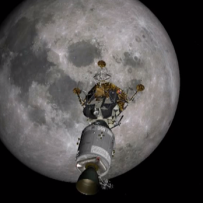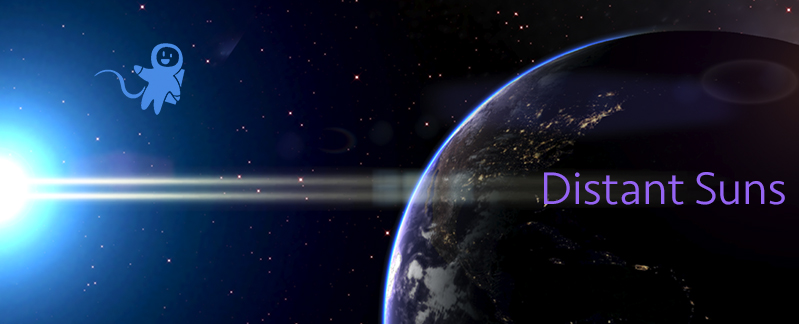Modern simulations of NASA’s classic spaceflights

Simon Plumpton uses the moniker “lunarmodule5” on YouTube. Not many people would get that, but those who do are grateful for the remarkable work he’s been doing to make the spaceflights during NASA’s golden age feel real and present again.
Lunarmodule5 didn’t have those experiences first hand, the joint Apollo-Soyuz mission of 1975 being his earliest memories. But that started a fascination in him such that he at one time hoped to become a science and space journalist, such as James Burke (the host of the BBC’s Apollo coverage). When that didn’t pan out, Simon decided to make his mark a slightly different way, and recreate the early manned flights best he could in the “Full Mission” collection of videos up on YouTube. While they don’t carry the immediacy and excitement I would feel getting up at say, 4AM (Pacific time), to watch another crew take the grandest voyage it is still a wonderful treat for the true space nerds.
So what are Full Mission videos? Only in the past few years, has NASA started to release the archived mission audio and video from the past missions, something I’d been waiting for as long as I could imagine. During the actual flights I’d record the audio of the coverage from the TV news on the new-fangled cassette tapes trying to get every last second of mission air-to-ground (typically only 3 or 4 hours at best). I would then listen and re-listen to those over the years, trading with similar collectors tapes of various qualities, but never achieving what I really hoped for: Complete mission audio. (I also would film mission highlights, then edit it together for my own mini-documentaries).
The NASA audio archives covers the biggies such as Apollo 8, 11 and 13, but some smallish flights as well from the Gemini and Mercury days. Using this audio as a starting point, Simon would combine visuals from the popular freeware Orbiter Space Simulator (OSS). Computer scientist Dr. Martin Schweiger, who wanted a system using real Newtonian dynamics, created Orbiter. Released in 2000 with the Shuttle as the vehicle of choice, plugins were generated by fans to simulate both fictional and real spacecraft, filling the holes that a basic Shuttle model could not. Using the Apollo plugins, Simon was able to visually recreate most, if not all, of the major highlights from various missions and synchronized them together with the audio. Ancillary materials such as photos, video, and onboard computer displays, flesh out each mission set.
This is not a trivial accomplishment. After all, “full mission” is exactly what it says it is, and not just a 3-minute best-of reel. The Apollo 13 set for example consists of 44 parts, averaging about an hour each. That’s nearly two days of continuous material people!
The process starts with the raw audio, audio that includes most of the “dull parts” such as sleep or other quiet periods. That is then edited down using the freeware program, Audacity. (Interestingly enough, when I discovered the archived audio, I did the same thing also with Audacity.) Once the audio is ready, Simon generates the visuals with OSS while following a mission transcript to catch things such as timings thruster firings. Stock footage is used when available, and frequently different simultaneous displays are used such as the film of the Lunar Module docking next to actual downlink video, next to the Orbiter depiction of the same events. Captions are then added to show mission elapsed time and distance from the earth if relevant. Magic Movie Edit Pro 17 is used to pull all of these assets together.
The final 1 hour long recording can typically take about 8 hours to do. But it is definitely worth it if you are as sadly lost as I am when it comes to all things space (hey, I have a spacesuit in my living room after all.)
Unfortunately the final renders cannot be HD, due to the massive size the original files would take. As a result the simulator’s video has a enough aliasing to be a little annoying, but it is still very watchable nonetheless.
So if you were not lucky enough to experience the flights first hand, or even if you were, check out Lunarmodule5’s work on YouTube. Here’s the launch of Apollo 13 for starters.
Oh, what “lunarmodule5?” The Apollo 11 lunar module, Eagle, was serial number 5, or referred to as “LM5.”
Go hear for Simon’s own website for more details about his project.

